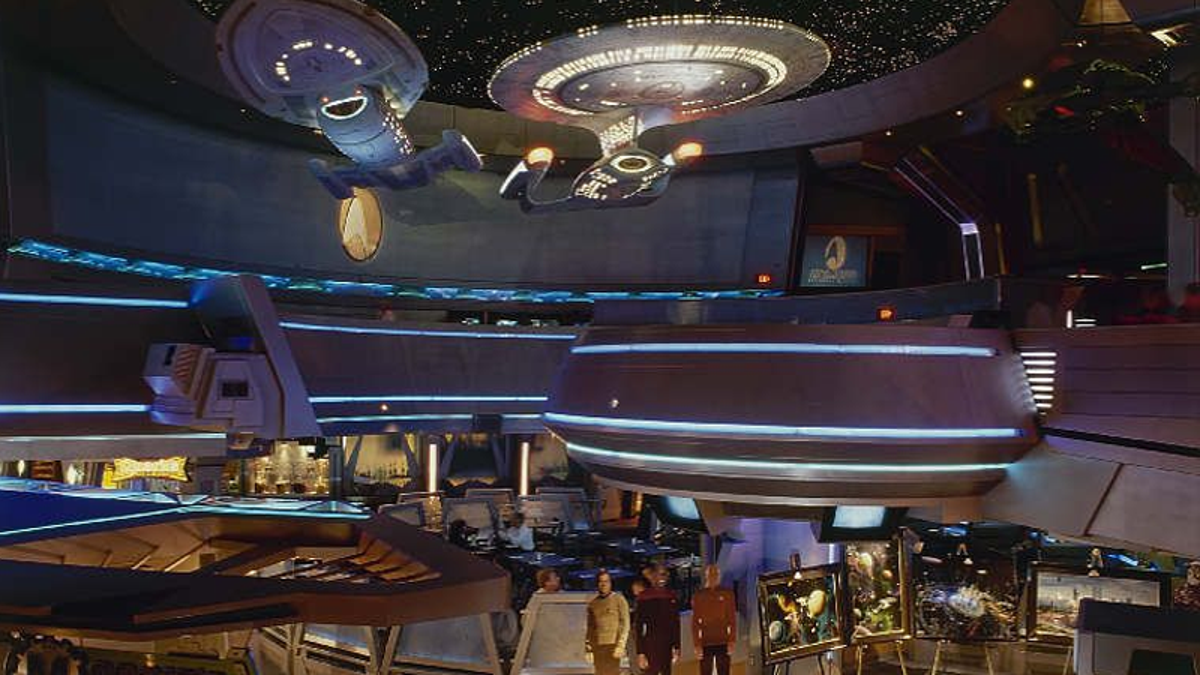US Space Force Partners with Rocket Lab and True Anomaly for Victus Haze Mission
The US Space Force recently announced a groundbreaking partnership with Rocket Lab and True Anomaly to embark on a mission that will showcase strategies for countering “on-orbit aggression.” This collaborative effort between the military and private sector aims to enhance space domain awareness and capabilities in the face of potential threats.
Victus Haze: A Mission of Strategic Significance
Known as Victus Haze, this mission will involve the launch of a spacecraft developed by Rocket Lab that will pursue and interact with a satellite manufactured by True Anomaly, a pioneering startup based in Colorado. By simulating a plausible threat scenario through realistic exercises, the Space Force’s Space Systems Command seeks to assess the United States’ ability to respond to unexpected maneuvers or activities in space.
The hypothetical threat scenario could include a satellite engaging in maneuvers that bring it into proximity with a US spacecraft, prompting the need for a rapid and effective response. Whether it is deterrence or defense, the Space Force aims to demonstrate its readiness to safeguard US assets in orbit.
Testing Response Capabilities
General Michael Guetlein, the Space Force’s vice chief of space operations, emphasized the necessity of identifying and understanding foreign assets deployed in space to ensure national security. The Victus Haze mission will put this notion into practice by deploying True Anomaly’s satellite as a mock threat, with Rocket Lab’s spacecraft poised to investigate upon command.
Ultimately, the goal is to facilitate a role reversal where the two spacecraft will engage in maneuvering exercises, illustrating the complexities of on-orbit interactions. True Anomaly and Rocket Lab are expected to complete their spacecraft deliveries by the fall of 2025, marking a significant milestone in advancing space defense capabilities.
Advancements in Tactically Responsive Space
Victus Haze represents a continuation of efforts to validate Tactically Responsive Space (TacRS) capabilities, following the success of previous military missions. By streamlining satellite preparation and launch processes, the Space Force is demonstrating its ability to expedite response times and enhance operational agility.
Last year’s Victus Nox mission with Firefly Aerospace and Millennium Space Systems showcased the rapid development and deployment of a satellite within a remarkably short timeframe. The collaboration resulted in the launch of the Victus Nox satellite just 27 hours after receiving launch orders, setting a new standard for operational efficiency in the space industry.
Preparing for Future Challenges
As General Guetlein emphasized, the urgency of responding to adversarial actions in space requires a shift towards more agile and responsive strategies. The Victus Haze mission serves as a critical step in adapting to evolving threats and demonstrating the ability to deploy space domain awareness capabilities in real-time.
With a focus on realistic scenarios and swift operational timelines, the Space Force aims to equip combatant commands with the tools and insights needed to address on-orbit aggression effectively. By engaging multiple contractors, spacecraft, and launch sites, the mission underscores the complexity and coordination required for ensuring national security in space.
Image/Photo credit: source url





